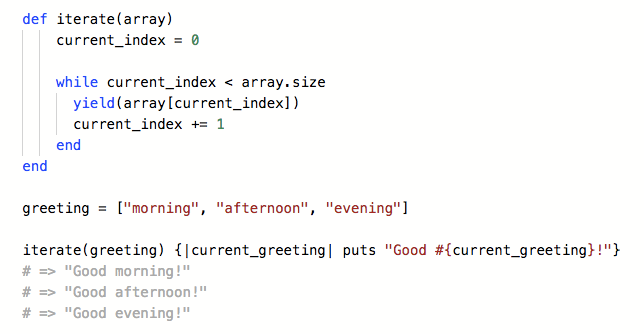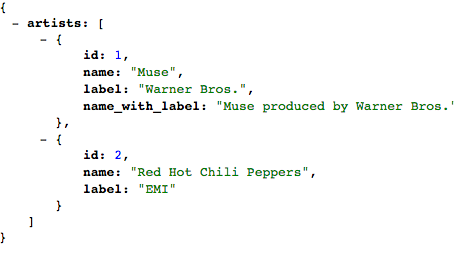Ruby Each Loop With Index

If you do not include an argument the index will start at 0.
Ruby each loop with index. The each loop is perhaps the most useful of all the loops. It s sometimes useful to know where you are in the list so for that you need to have an index. It takes two parameters. The most important looping method in ruby.
A second option is to use each with index instead of each with index. The each loop. It s the ruby way of doing repeat until done. If you would like your index to start with a different number you would write array each with index.
Live demo usr bin ruby for i in 0 5 puts value of local variable is i end here we have defined the range 0 5. Executes code once for each element in expression. This chapter details all the loop statements supported by ruby. For a hash you create two elements one for the hash key and one for the value.
This works exactly like the each method for an array object with one crucial difference. Ruby loops loops in ruby are used to execute the same block of code a specified number of times. Since almost all computing tasks use lists of variables and have to do something with each of them in the list the each loop is by far the most common loop in ruby code one thing to note here is the argument to the loop s block of. A b c each with index el i puts i 0 1 2.
Like the array these elements are placeholders that are used to pass each key value pair into the code block as ruby loops through the hash. The two methods look very similar but each with index takes in an optional argument of where to start the count. The first one is the element and the second one is the index. The ruby method each allows you to go over a list of items without having to keep track of the number of iterations or having to increase some kind of counter.
While each doesn t give you that you can use each with index.














































